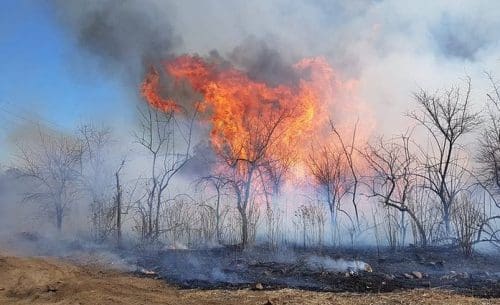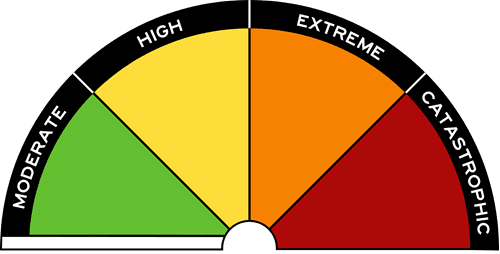
The Seasonal Bushfire Outlook for Summer 2024 shows an increased risk of fire for south-west and eastern Victoria, central and western New South Wales, south-east and far west Western Australia and the Northern Territory.
The Australian and New Zealand National Council for fire and emergency services – AFAC – said WA’s south-eastern coastline and central west, extending to the parts of the South Australian lower coastal south-east region and lower Eyre Peninsula have an increased risk of fire.
Further east, large areas of south-west and far west of Victoria, parts of the north-east, and the Mornington Peninsula in south-west Gippsland have an increased risk of fire, as do central northern and central southern NSW.
To the north, AFAC said fire risk is increased in long-unburnt areas in the southern half of the Northern Territory and stretching up north of the Barkly Highway and to the Queensland border.
AFAC said northern Australia broadly received average to above average rainfall, but southern Australian received below average rainfall for the cool season and into spring. As a result, soil moisture is below average across much of southern and eastern Australia.
Mean temperatures for April to October were the third highest on record since 1910. For almost all jurisdictions, temperature means continue to be above average to very much above average.
An increased chance of above average rainfall this summer is predicted for much of the eastern states, and parts of SA and WA. Maximum and minimum summer temperatures are likely to very likely be above average across most jurisdictions.
AFAC CEO Rob Webb said no matter where you live or travel this season, everyone can play an important role in bushfire safety this summer by being prepared and staying alert to warnings and advice.
“The dry winter and spring period across southern Australia mean the landscape is well primed for bushfires.
“Communities should be ready for bushfires and have a plan in place,” he said.
AFAC encouraged communities to be vigilant and stay alert this summer even if in areas of Australia showing normal risk of fire. Catastrophic fires can still occur during normal bushfire seasons.
Have a say on the Australian Fire Danger Rating System
A nationwide survey by the University of Adelaide wants to hear your perceptions on the benefits, impacts, and challenges of engaging with the AFDRS. Those who complete the survey have a chance to win a $50 gift card.
Your participation will support continuous improvement of the AFDRS. The survey takes about 30 minutes and will close on 20 December 2024.
Click here to have your say the fire danger rating system.


HAVE YOUR SAY